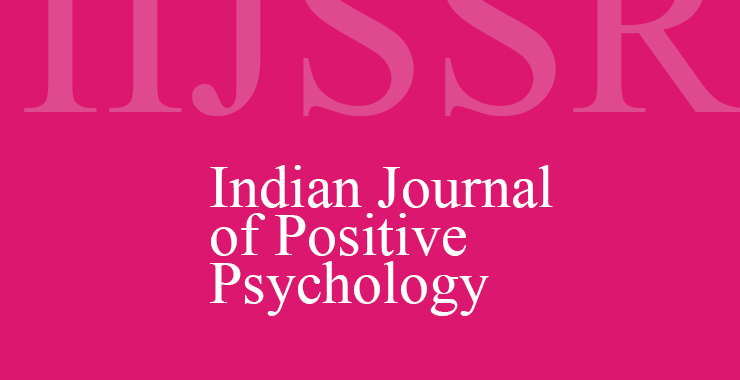Perceived Family Environment as a Predictor of Attachment Styles and Love Attitudes in Indian Young Adults
Original price was: ₹ 201.00.₹ 200.00Current price is: ₹ 200.00.
Page: 425-433
Souris Lahiri, Ahana Mishra, and Debangana Bhattacharya (Department of Psychology, Sister Nivedita University, Kolkata, West Bengal)
Description
Page: 425-433
Souris Lahiri, Ahana Mishra, and Debangana Bhattacharya (Department of Psychology, Sister Nivedita University, Kolkata, West Bengal)
This study examines the relationship between perceived family environment, attachment styles, and love attitudes among Indian young adults. Drawing on Bowlby’s attachment theory and Lee’s love style typology, it investigates how familial dimensions-such as cohesion, expressiveness, conflict, organization, and control-influence intimacy, dependence, and romantic orientations during emerging adulthood. A purposive sample of 63 participants aged 1825 years from Kolkata completed the Family Environment Scale (Bhatia & Chadha, 1993), Adult Attachment Scale (Collins & Read, 1990), and Love Attitudes Scale (Hendrick & Hendrick, 1986). Correlation and multiple regression analyses revealed that conflict significantly predicted anxious attachment and a ludic (playful) approach to love, while higher levels of control and organization were associated with lower closeness, reduced dependence, and diminished friendship-based, practical, or selfless love styles. Cohesion, although typically considered a positive trait, showed unexpected negative associations with storge and agape, suggesting possible cultural nuances in collectivist contexts where strong familial bonds may constrain romantic individuation. These findings highlight the subtle but enduring influence of early family climate on later relational schemas, underscoring the need for culturally sensitive interventions that address family-related dynamics in romantic relationship counselling for young adults.

